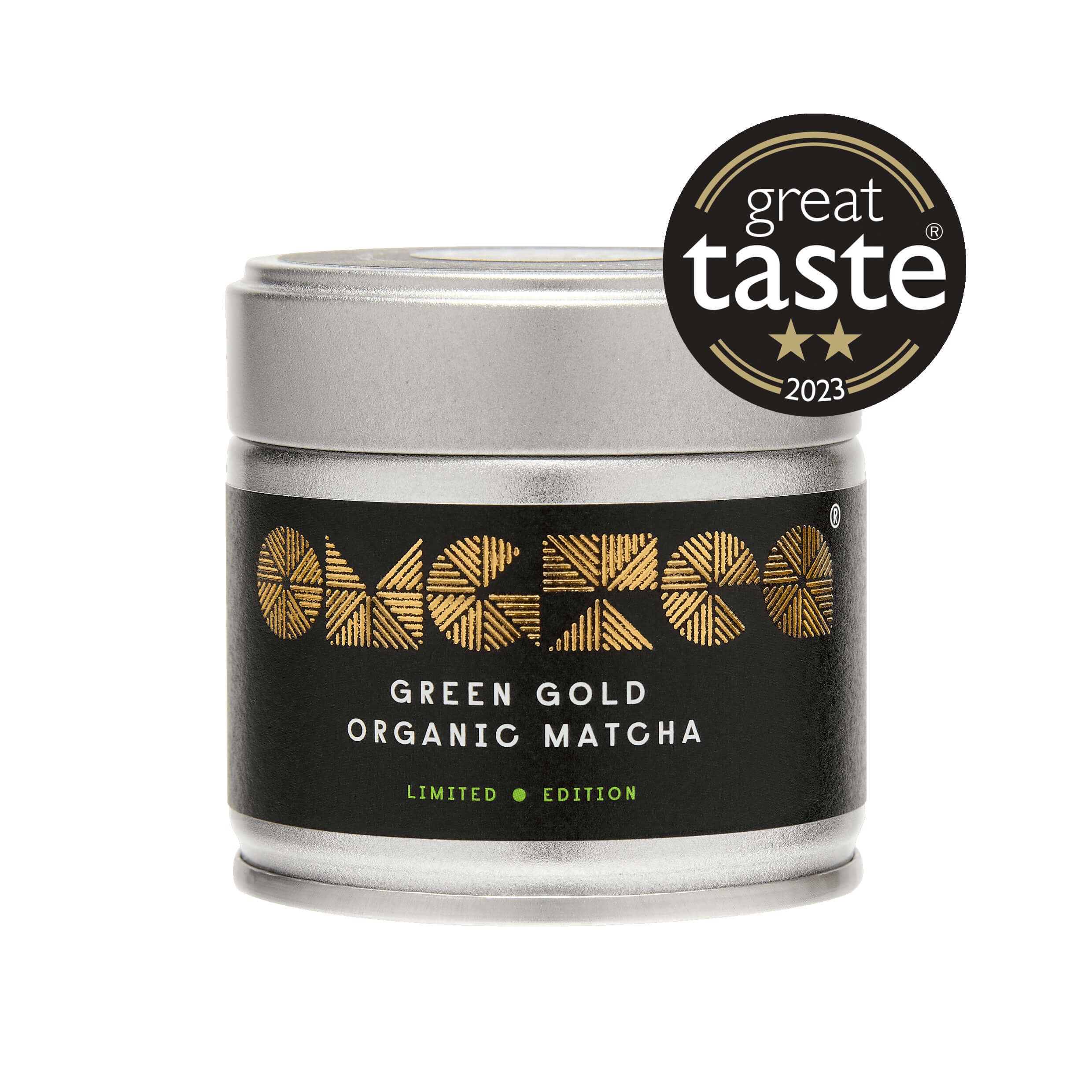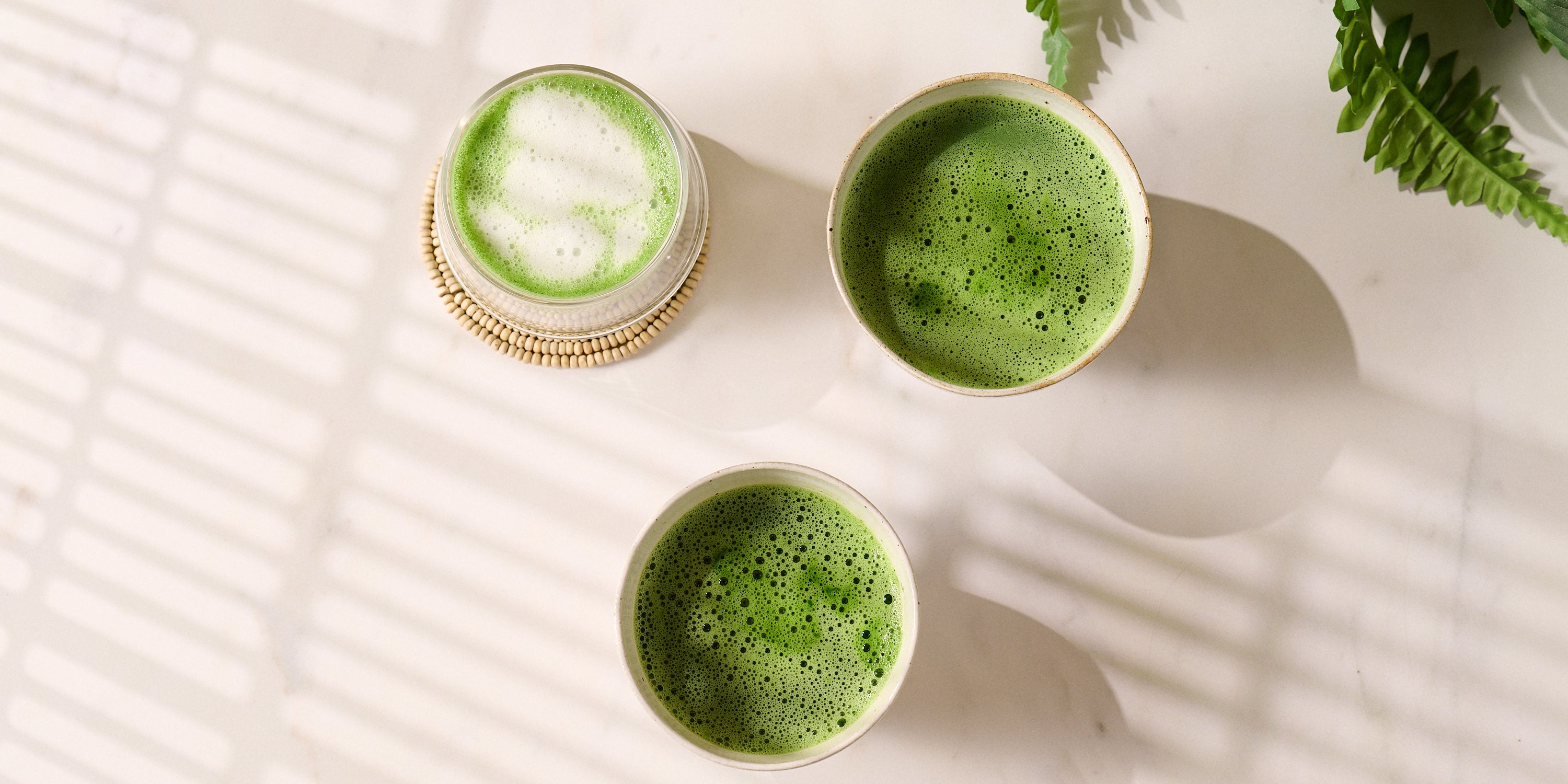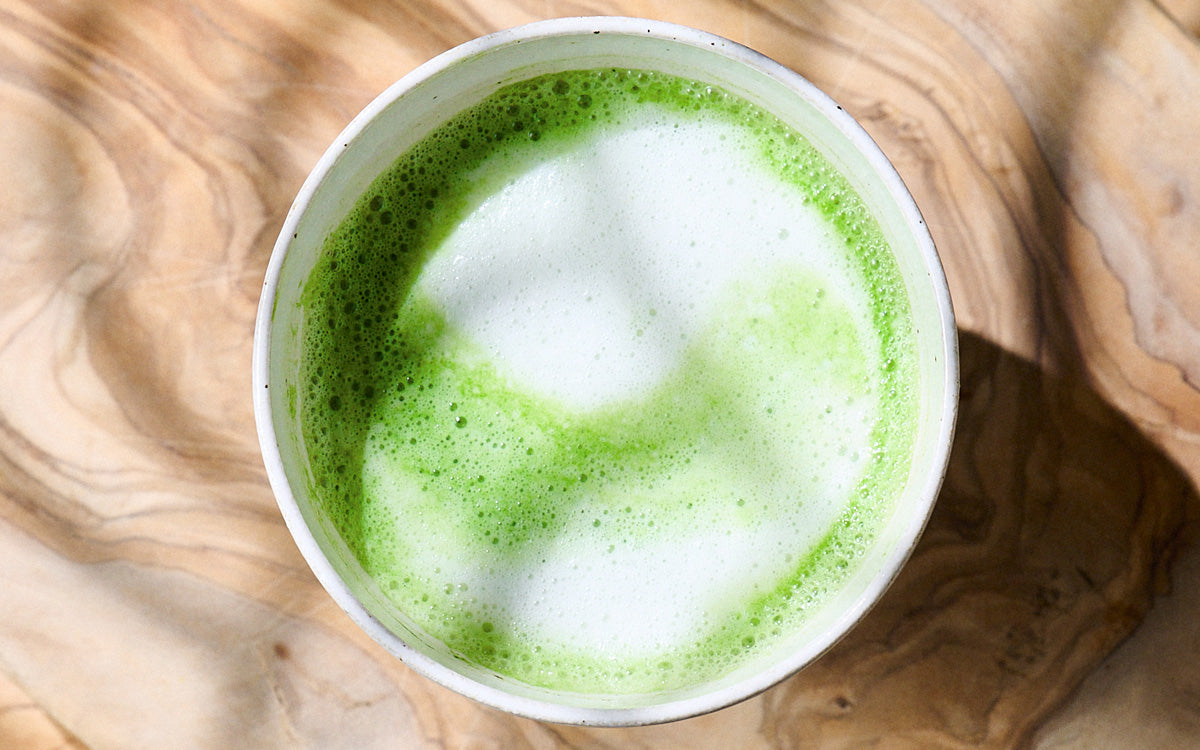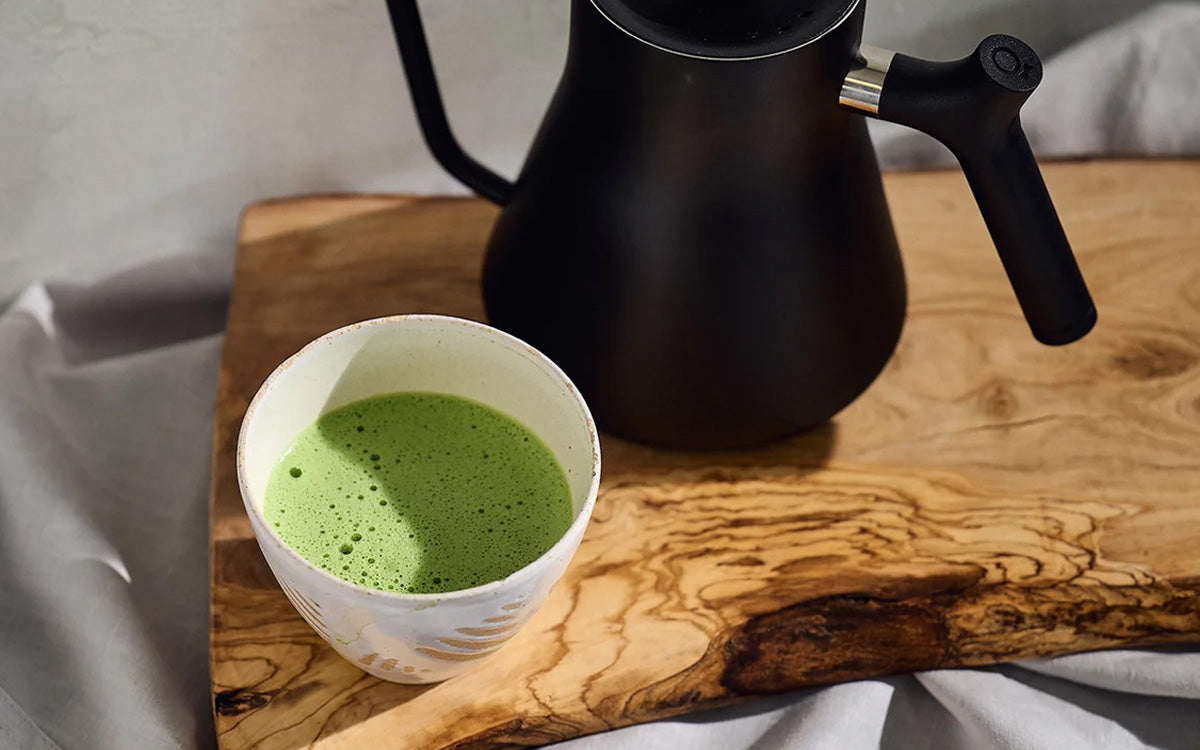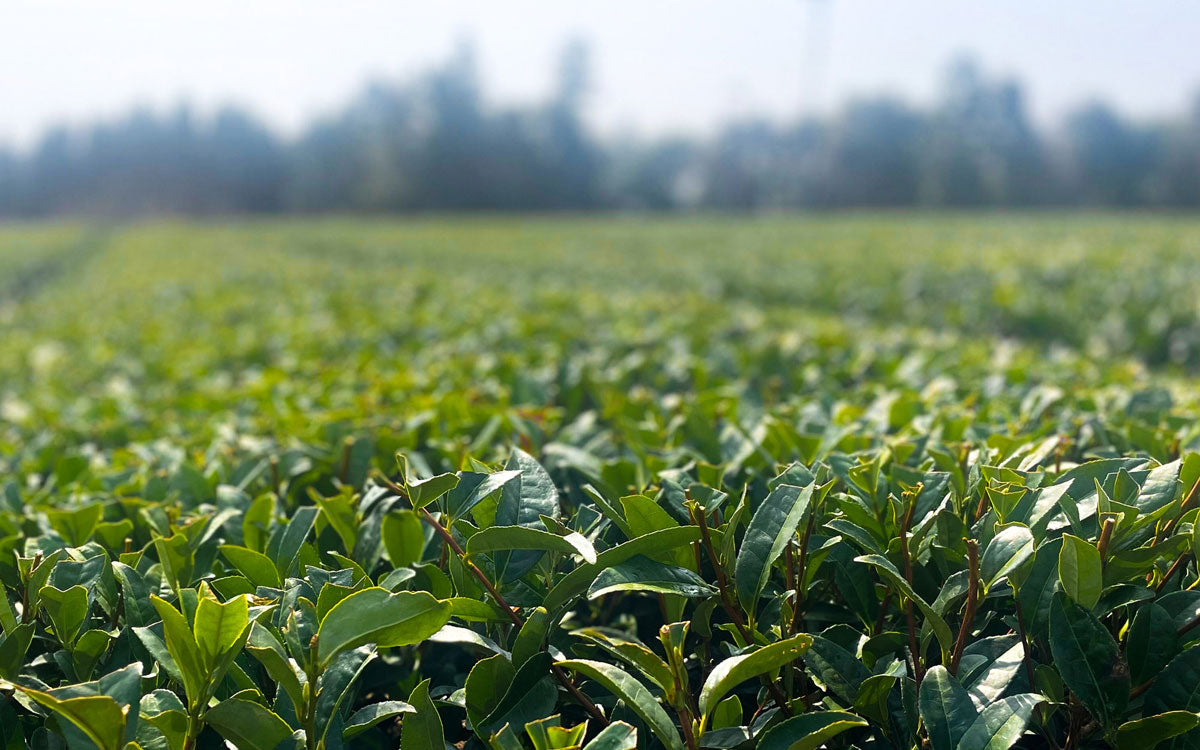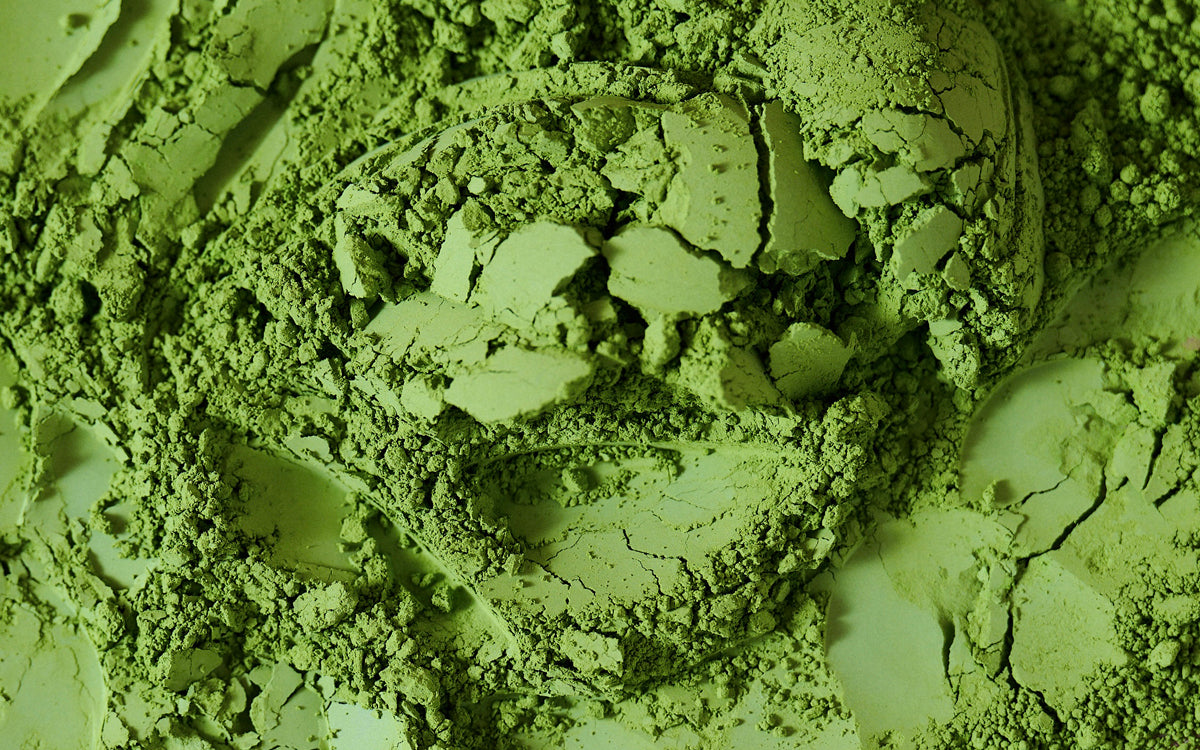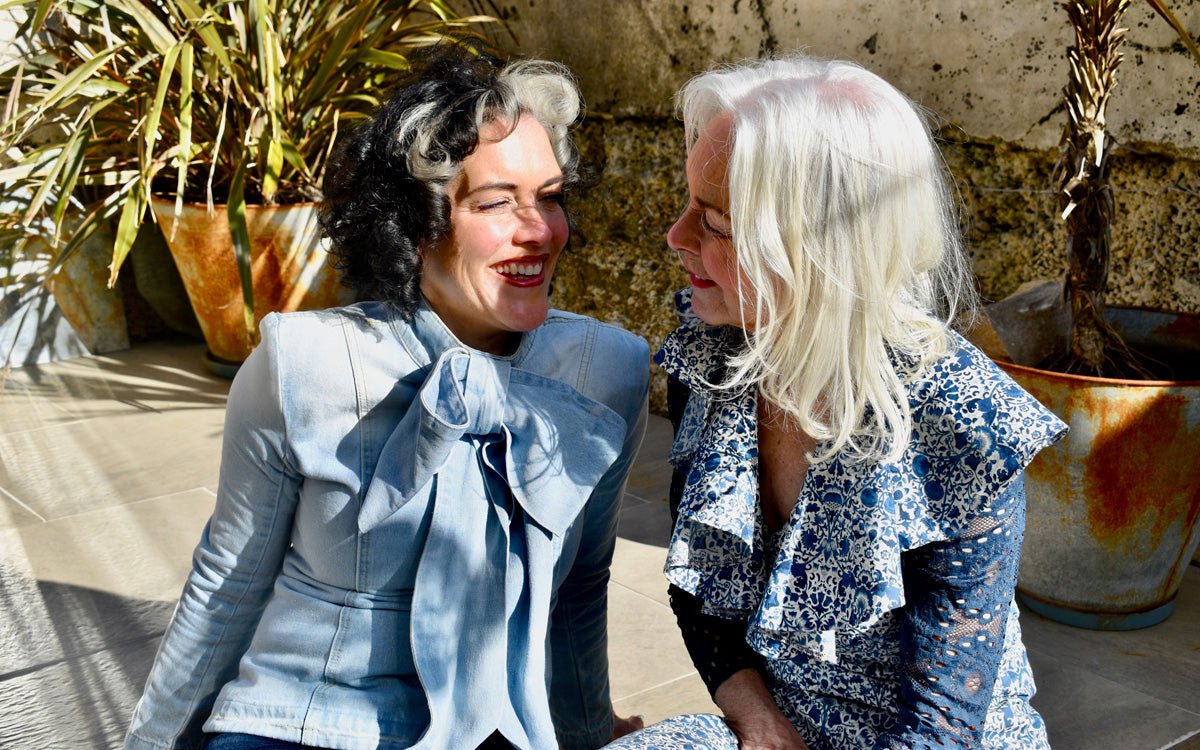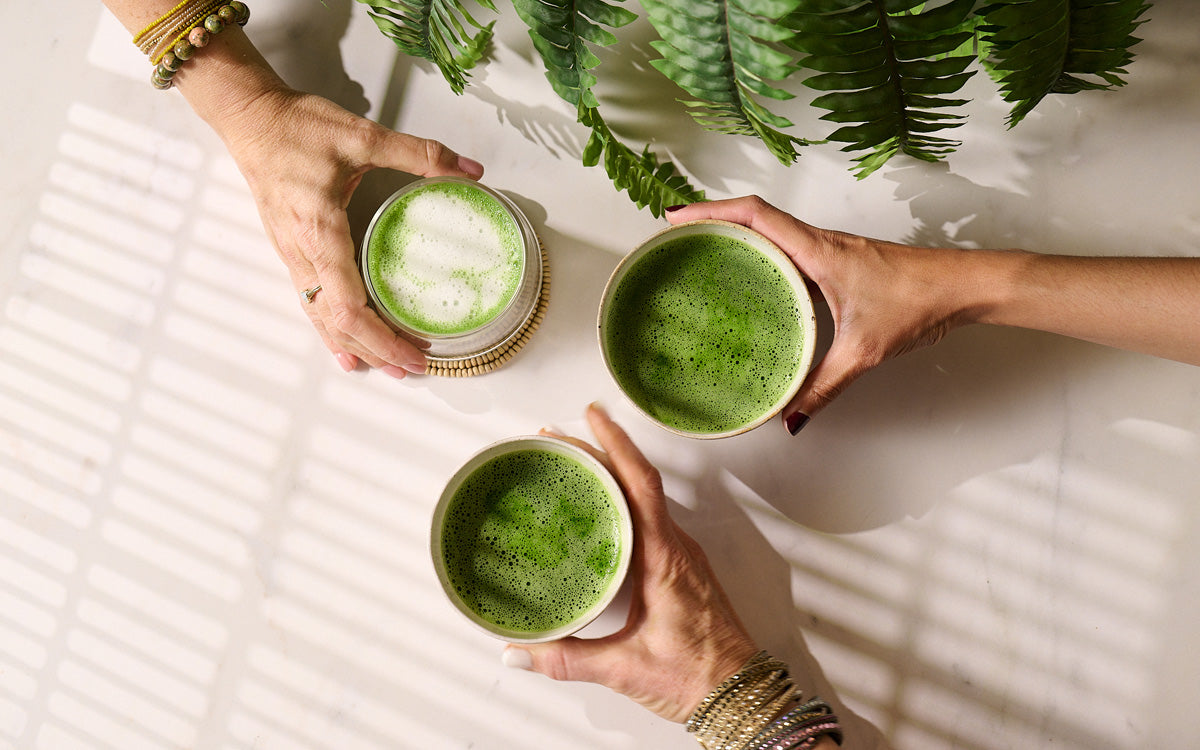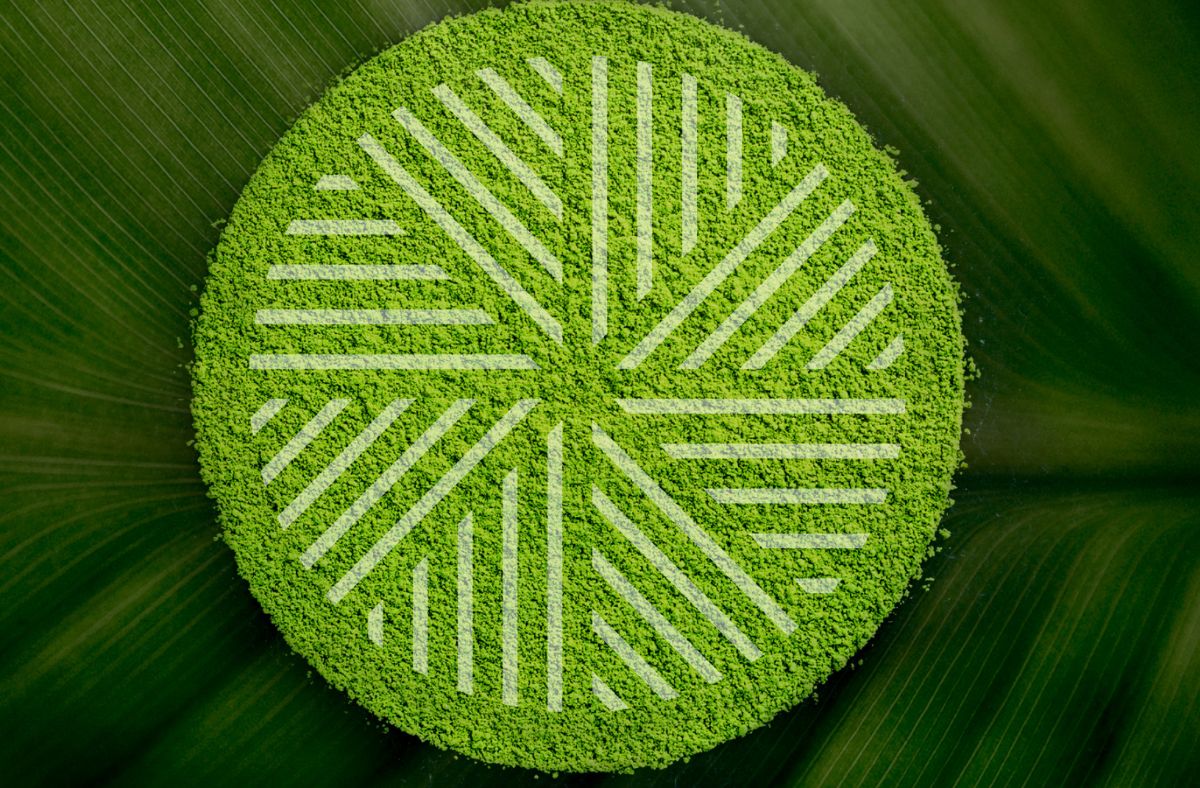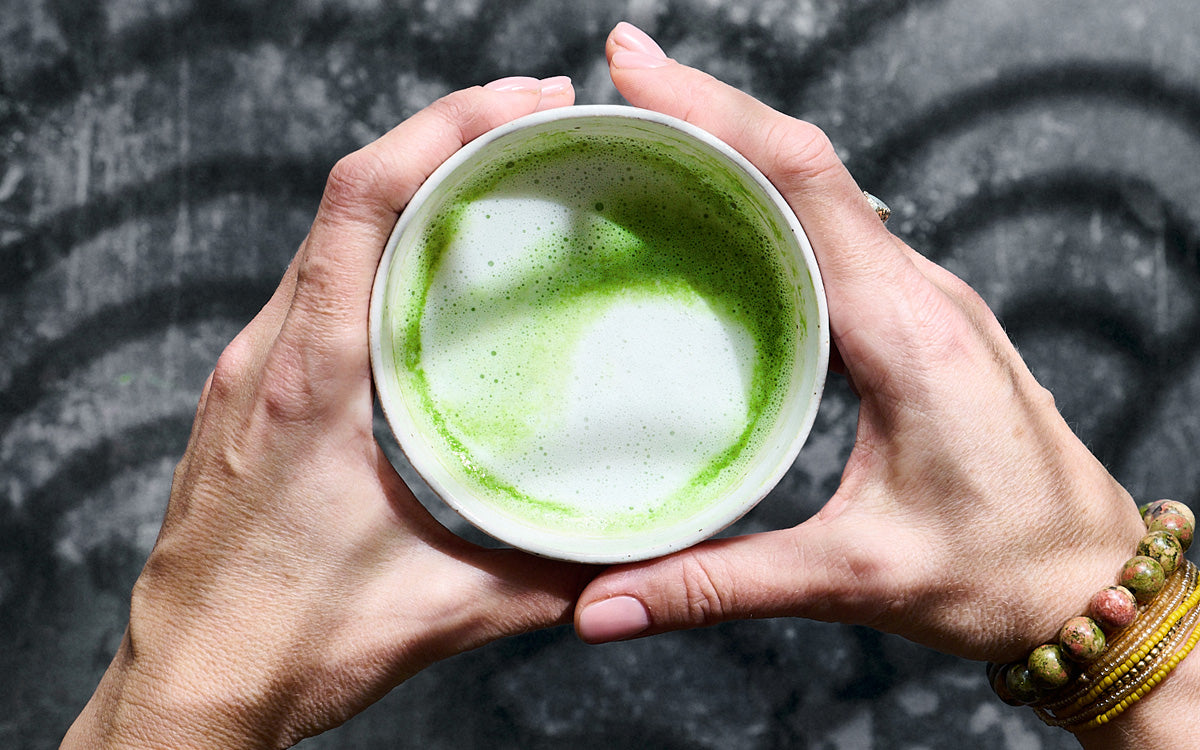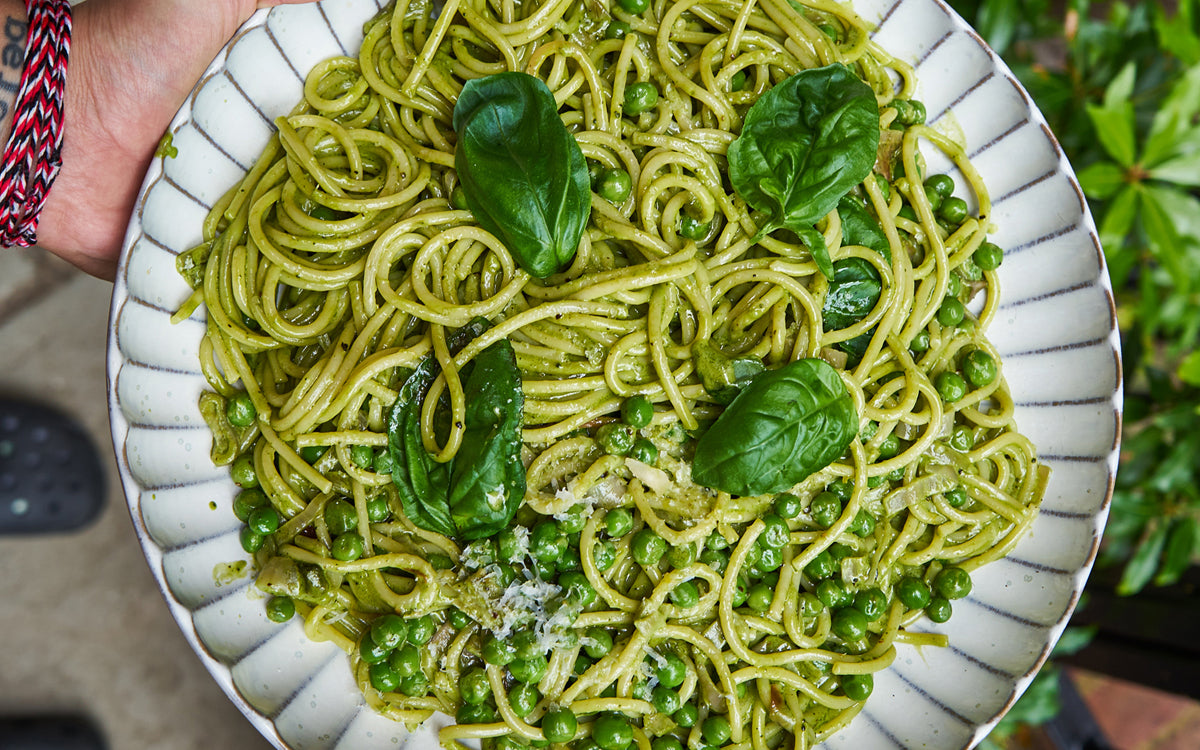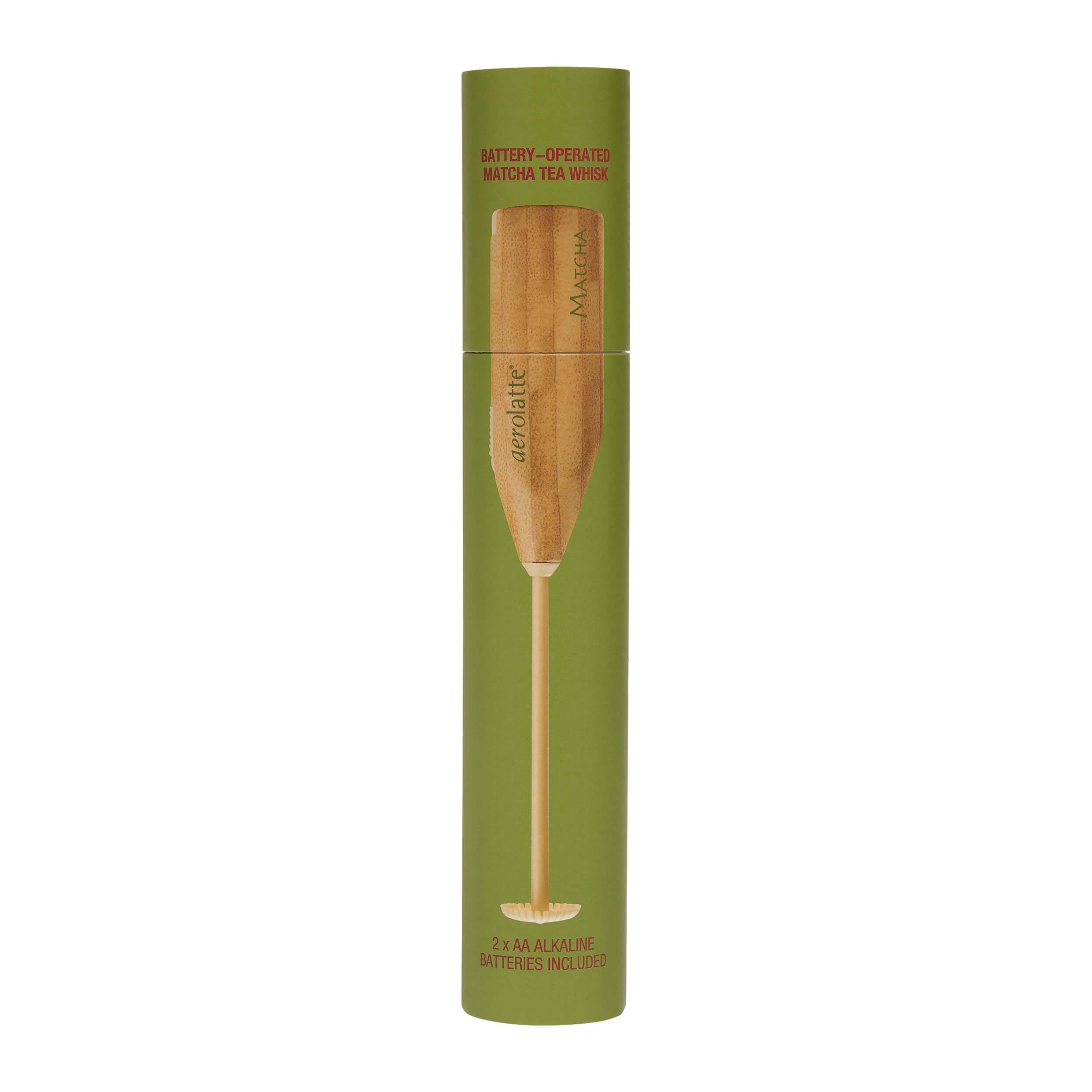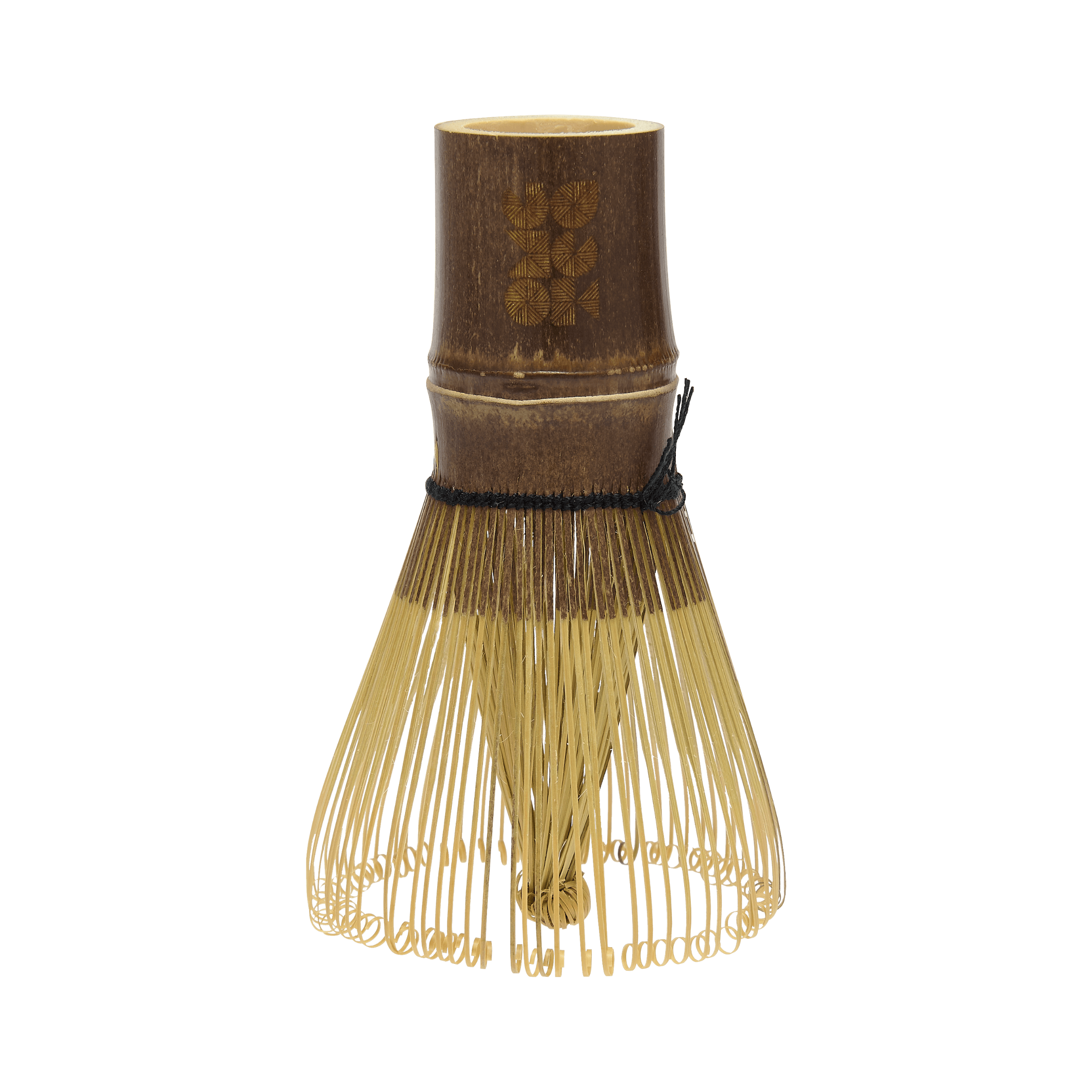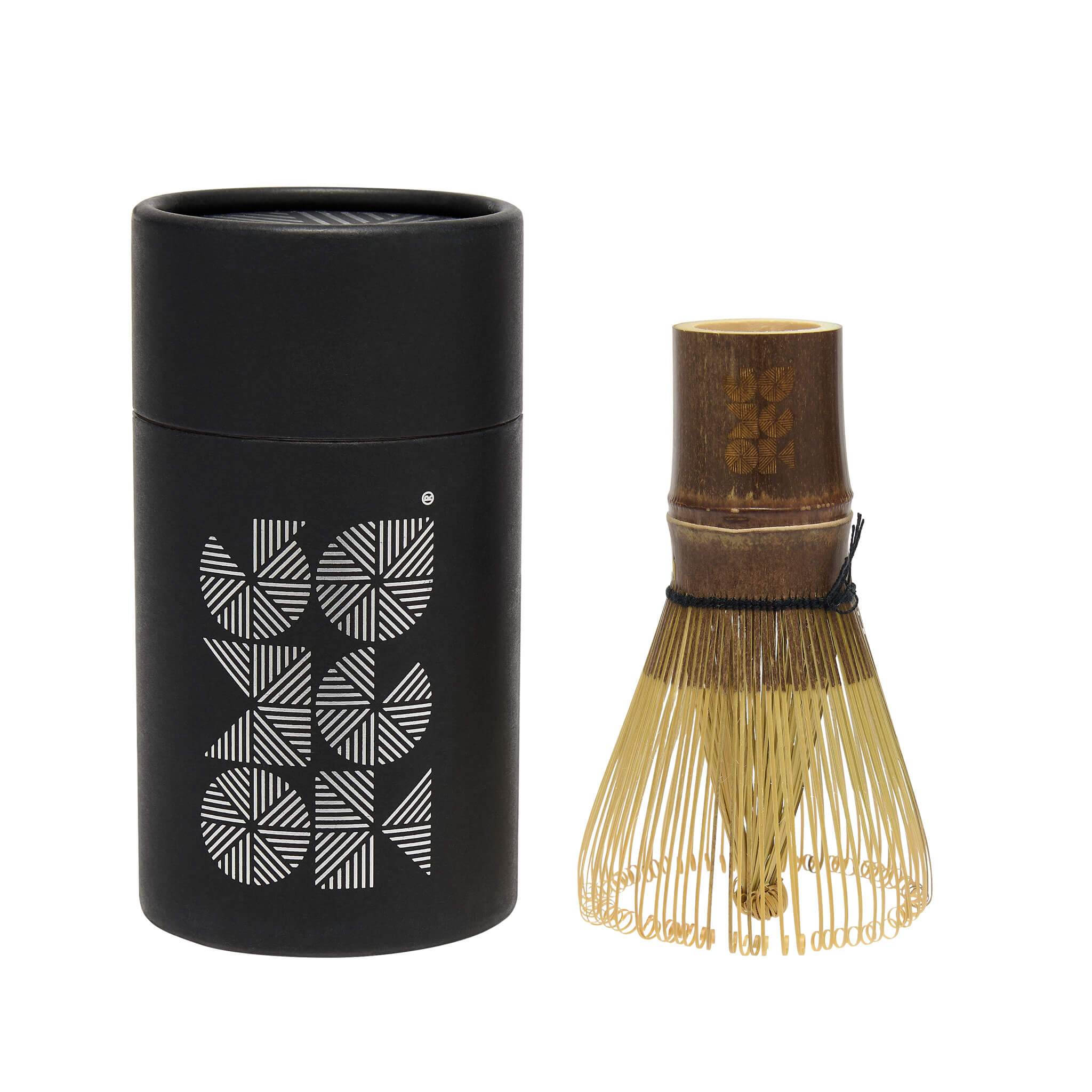 The current global matcha shortage is no secret. Matcha is in huge demand around the world- but right now, supply is struggling to keep up.
The current global matcha shortage is no secret. Matcha is in huge demand around the world- but right now, supply is struggling to keep up.
Understanding the global shortage
At OMGTea, we believe it’s important that our beloved customers are always kept in the loop. We want you to understand what’s behind the matcha shortage, so here's what's causing it:
- Extreme weather: One of the main reasons for the shortage is unpredictable weather. This year, matcha fields in Japan faced more extreme heat and frosts, which affects the delicate tea leaves. Even a small change in temperature at the wrong time can reduce yields and impact the flavour of the leaves.
- Skyrocketing demand: Matcha isn’t just a traditional Japanese tea anymore- it’s a global phenomenon. In the UK alone, demand has grown by more than 300% over the past year. People love it in lattes, smoothies, baking, and even skincare. While we love seeing this enthusiasm, the rapid growth has put extra pressure on producers to keep up.
- Limited processing capacity in Japan: It’s not just the leaves themselves- Japan simply doesn’t have enough production facilities to process all the tea being grown. Producing high-quality matcha is a delicate, time-intensive process, and factories can only handle so much at a time. Combine that with extreme weather and booming demand, and you get the shortage that’s being felt around the world.
How OMGTea is weathering the storm
Since 2023, we’ve been a part of the Aiya family, Japan’s largest and most trusted matcha producer. Their strong supply network and focus on quality give us a unique advantage, even in a challenging year.
So what does this mean for you?
The reality is that matcha prices are rising globally. Inevitably, higher prices make it more tempting for some suppliers to cut corners, creating a greater risk of fake or low-quality matcha entering the market:
- When matcha prices go up because of shortages, it becomes more profitable for unscrupulous sellers to cut corners. This is classic supply-and-demand economics: high-priced commodities attract opportunists looking to make money quickly.
- When matcha becomes scarce and expensive, some suppliers may cut corners, skipping certifications or sourcing from unverified growers, reducing the products traceability.
How can you avoid low quality matcha?
Here’s our top tips/things to look out for:
- Colour- High quality matcha should be bright green, while low quality matcha looks yellowish or brownish.
- Smell- High quality matcha smells fresh like green tea, while low quality matcha smells musty, grassy and unpleasant.
- Taste- High quality matcha has a smooth, slightly sweet umami taste, while lower quality products taste bitter and earthy.
Looking Ahead
The matcha shortage is a reminder of how fragile this incredible tea can be-but also how resilient the people behind it are. With new technology and investment in Japan, there’s a lot to be optimistic about. And here at OMGTea, we’re committed to making sure the matcha you love remains of the highest quality, and that it’s here for you to enjoy for years to come.
Thank you for being part of our community- it’s because of you that we can keep sharing the joy of matcha with the world.
